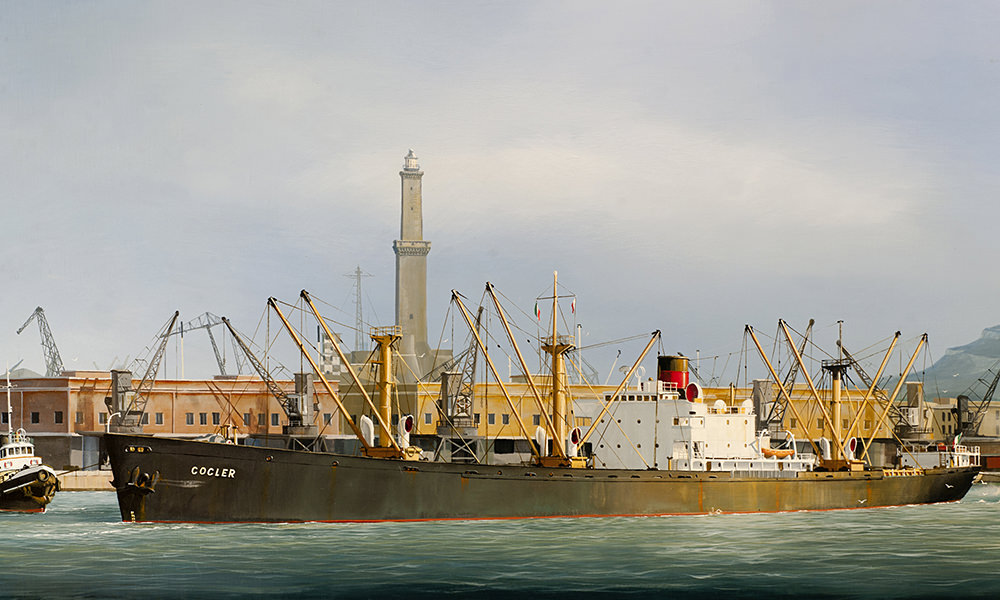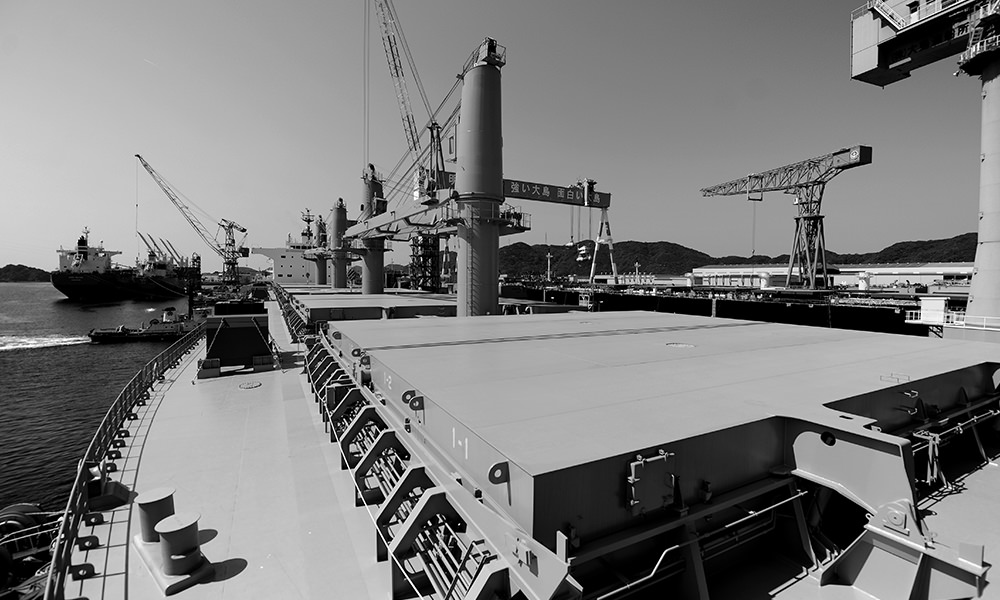COE & CLERICI
COECLERICI
FAMIGLIA CLERICI
Englishman Henry Coe, who was active in the British coal in Genoa, in 1909 with partner Alfonso Clerici founds a company called Henry Coe & Clerici. The ship-owning business will be further established in 1912 with the acquisition of the ships Oceano and Adriatico and a year later of the vessels Atlantide and Tirreno, together with several units used for coal movement in the port of Genoa.
After the war his son Jack re-launches the company by buying the first Liberty class ship, that is re-christened Cocler. During the cold war he opens a branch in Moscow, aiming at trading raw materials, and especially coal to re-sell in Western countries and becomes a trading agent for the main Italian companies (like Danieli, Marzotto and others).
In the 90’s Coeclerici’s bulk carriers are the first Italian fleet and the fifth in Europe. Paolo Clerici, Jack’s son, decides to progressively move away from ship-owning focusing on buying mines and trading fuels on the European market.
Since 2013, through joint ventures, the company goes back to the shipping business with two bulk carriers of the Supramax type called DACC Tirreno and DACC Egeo.




FAMIGLIA CLERICI
Englishman Henry Coe, who was active in the British coal in Genoa, in 1909 with partner Alfonso Clerici founds a company called Henry Coe & Clerici. The ship-owning business will be further established in 1912 with the acquisition of the ships Oceano and Adriatico and a year later of the vessels Atlantide and Tirreno, together with several units used for coal movement in the port of Genoa.
After the war his son Jack re-launches the company by buying the first Liberty class ship, that is re-christened Cocler. During the cold war he opens a branch in Moscow, aiming at trading raw materials, and especially coal to re-sell in Western countries and becomes a trading agent for the main Italian companies (like Danieli, Marzotto and others).
In the 90’s Coeclerici’s bulk carriers are the first Italian fleet and the fifth in Europe. Paolo Clerici, Jack’s son, decides to progressively move away from ship-owning focusing on buying mines and trading fuels on the European market.
Since 2013, through joint ventures, the company goes back to the shipping business with two bulk carriers of the Supramax type called DACC Tirreno and DACC Egeo.



BULK LIMPOPO
The BULK LIMPOPO is a typical example of specialized ship, coinceived for special purposes and weatehr conditions she is used in.
This ship was designed to carry coal on the river Zambezi from the inland to the coast and to load the material on ocean bulk carriers.
It is a state-of-the-art ship. Among her technological features, five 40 tons hydraulic cranes, unique seafaring abilities and a super modern system to load coal, that makes her totally self-sufficient from every operations perspective.
The ultra modern system to load coal, designed by Austrian company Liebherr is able to move some 5,500 tons per hour.
DACC TIRRENO
The design of the ship DACC Tirreno represents the state-of-the-art of global shipbuilding and is one of the most safe, sustainable, high quality and efficient existing ships.
The ship was built in co-operation between the Coeclerici and d’Amico groups.
The DACC Tirreno, is the first of four Supramax ships from the fleet owned by DACC Maritime Limited, and represents an excellence of global shipping in terms of sustainability, quality and efficiency.
The propulsion, innovative solutions for navigation, special compartments for bunkering and re-use of the water used to wash the holds guarantee to save around 6/7 tons of fuel compared to similar ships and make the DACC Tirreno one
of the most sustainable on a global scale.





